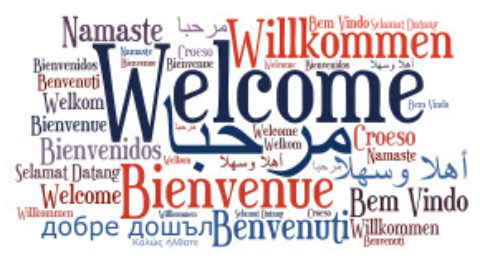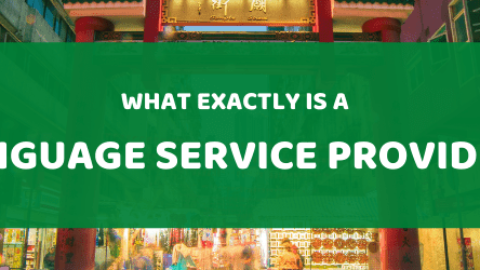Educational interpreters play a vital role in ensuring that students who are deaf, speak another language, or hard of hearing have equal access to education. They provide interpreting services in a variety of educational settings, including classrooms, meetings, and field trips. Educational interpreters must be fluent in both spoken and signed language, and they must be able to work effectively with students, teachers, and other school staff.

What is an Educational Interpreter?
An educational interpreter is a professional who facilitates communication between deaf, foreign-language, or hard of hearing students and their hearing peers, teachers, and other school personnel.
In the classroom, education interpreters interpret teachers’ explanations and instructions, and student interactions. Overall, the interpreter’s goal is that the student can fully access all sound information.
In parent meetings and other settings, interpreters assist in the interaction between the teachers or other faculty members and the family members of the students. The interpreters generally interpret conversations and instructions consecutively in one-on-one meetings where topics like student’s performance are discussed. As professional interpreters, they are trained to convert what is expressed and nothing more, remaining impartial. This allows for the development of trust between the parties.
Education interpreters use their knowledge of both spoken and signed language to ensure that all students have equal access to education.
Educational Interpreter Job Description
The job description for an educational interpreter typically includes the following duties:
- Providing interpreting services in classrooms, meetings, and other educational settings
- Translating written materials into sign language or spoken language
- Tutoring students who are deaf or hard of hearing
- Working with teachers and other school staff to ensure that students are receiving the services they need
The Importance of Educational Interpreters
Educational interpreters play a critical role in ensuring that students who are deaf, speak a foreign language, or hard of hearing have equal access to education. Without the services of an educational interpreter, these students may struggle to understand what is being said in the classroom, which can make it difficult for them to learn. Educational interpreters can help to ensure that all students have the opportunity to succeed in school.
The Future of Educational Interpreting
The demand for educational interpreters is expected to grow in the future. As more and more students who are deaf, speak another language, or hard of hearing are mainstreamed into general education classrooms, the need for qualified educational interpreters will increase.
Ensuring Equal Access to Education
Educational interpreters play a vital role in a learning environment and are essential members of the educational team, and they work hard to ensure that all students have the opportunity to succeed.
Are you looking for high-skilled educational interpreters? At Accurate Language Services, we can help. Contact us today.











